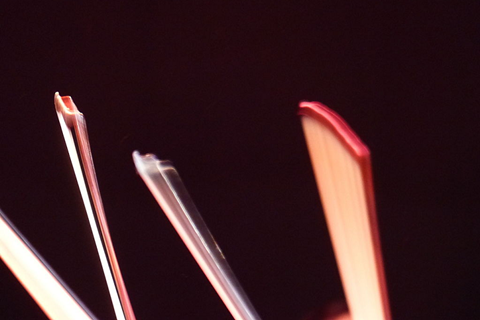Four bow makers advise on how best to look after a new bow to maintain both its performance and potential resale value

ERIC LANE, head bow maker at Reuning & Son Violins, Boston,Massachusetts
Take your bow in regularly for rehairs. The bow maker will then look over your bow for you and recommend any additional work it might need to keep it in good condition. You can do your part between rehairs by always loosening the hair when not in use and wiping down the stick with a dry cloth to remove the powdered rosin (don’t touch the hair!).
And no matter how new your hair might be, if you’ve broken a number of hairs on one side of the ribbon it’s time for a rehair. Continuing to play the bow in this condition will accelerate warping of the stick.
DAVID HAWTHORNE, maker of modern and Baroque bows, based in Cambridge, Massachusetts
Like a new violin, a new bow can sometimes benefit from some minor adjustments as it settles in: perhaps the frog fits a little differently from how it did in the season it was made, and perhaps the camber can be tweaked. If you are not working with a maker, and the shop where you bought the bow has a good bow person in their shop, this will be their job, though for the most part camber adjustment is not part of the deal.
When you get the bow rehaired, a good bow person will check it over anyway and recommend what it needs. But if you are concerned, you can ask them to look at it carefully, especially if anything seems amiss to you.
DEREK WILSON, UK-based bow maker and restorer
There are many simple things you can do to look after your bow, such as only using a dry cloth to wipe it, and never to put cleaners or polishes on to the wood. Certainly you should take it in for regular check-ups, especially if you ever notice a change to the look or feel of the bow – for instance, if some hairs break on one side of the band of hair, the bow will not be straight when it’s at playing tension.
If someone brought me a bow and asked for a check-up, I’d work through it systematically. Starting with the head, I would check the face was not cracked or loose. Sometimes the leather or the lapping are close to being worn through to the stick; the pearl dissolves (due to perspiration) and gets lower than the surface, which results in the bare edges rounding off; and the silver or gold sometimes work loose, owing to movement in the wood. Finally, I’d check that any old repairs and cracks are secure.
MICHAEL VANN, bow maker and restorer based in British Columbia, Canada
For as long as you’re able, have the maker rehair your bow when it needs it. When is that? When you see a reduction in the width of the hair at the ferrule. (That’s the metal sleeve from which the hair leaves the frog.)
To look after your treasure, you should wipe the shaft clean every time you finish playing. I recommend a dry microfibre cloth that should be washed regularly. Always loosen the hair completely before putting the bow away. When a hair breaks, pull it in the opposite of its original direction, and break it when it is parallel with the bow. If you pull the hair at 90 degrees to the stick, you run the risk of pulling it out of the knot in the mortise. This can eventually cause the knot to slip – not a pretty sight on stage.
Be frugal with the rosin. Eugene Fodor would beg me to make cakes of rosin with a thickness of 4mm so he could rosin the hair only from the backside of the hair (between the shaft and the hair ribbon). It had amazing results. He also had black Velcro cuffs that attached to the edge of the bow-arm sleeve of his tuxedo that he used constantly to remove rosin from the strings, allowing only the rosin of the hair to set the string in motion.
This article was first published in the February 2014 issue of The Strad



































No comments yet